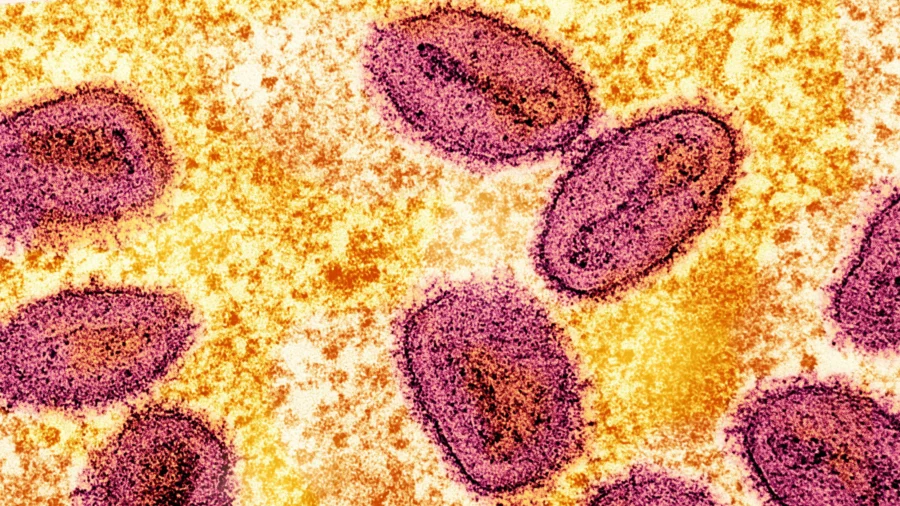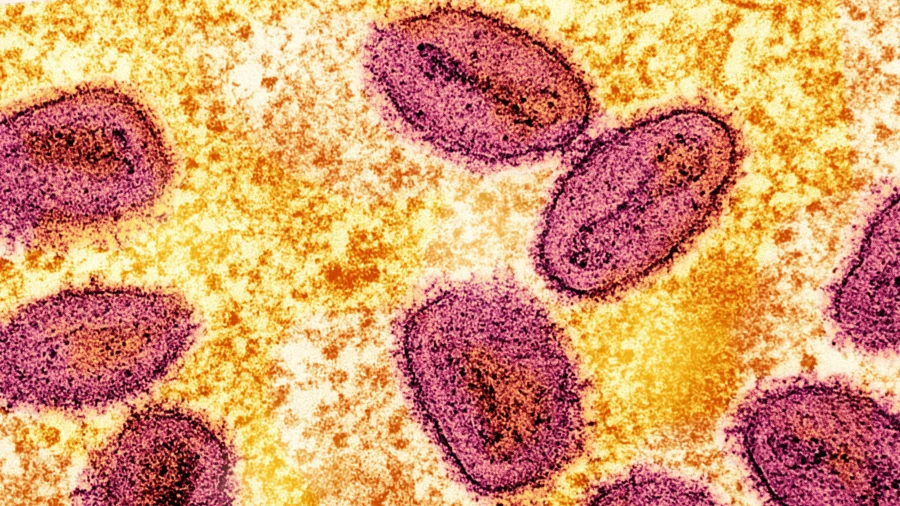
This is the “seventh case nationally and the first without known travel,” the department said.
“The person required hospitalization and is now isolating and recovering at home.”
“The risk to the public remains low and the Health Department is conducting a thorough public health investigation, including a review of the person’s potential sources of exposure, such as social and travel history, and is implementing contact tracing procedures,” the department added.
The department clarified that no additional clade 1 mpox cases have been identified in Long Beach.
The city is working closely with officials from the Centers for Disease Control and Prevention and the California Department of Public Health (CDPH) to deal with the issue. This includes monitoring the situation and determining whether additional clade 1 cases exist in Long Beach or surrounding regions, the department said.
“While the overall risk of mpox clade I exposure to the public remains low, we are taking this very seriously and ensuring our community and health care partners remain vigilant so we can prevent any more cases,” Long Beach Mayor Rex Richardson said.
“This underscores the importance of continued surveillance, early response, and vaccination.”
Currently, CDPH recommends vaccination for Californians who may be at risk of mpox, including members of the gay community, bisexual and transgender people, people with HIV, those who were exposed to an mpox-infected person over the previous 14 days, and individuals planning to travel to sub-Saharan Africa or a nation with a clade 1 outbreak and expect intimate contacts during the visit.
CDPH recommends the Food and Drug Administration-approved JYNNEOS vaccine for such individuals.
Some of the vaccine’s adverse effects among adults aged 18–40 include pain, redness or swelling at the injection site, muscle pain, headache, fatigue, chills, and nausea.
Long Beach has reported seven mpox cases so far this year, including the recent clade 1 infection. The city is home to roughly 466,000 residents.
“We are working with state and federal partners to identify the source, notify potential contacts, and provide access to testing and vaccination,” Long Beach Public Health physician Dr. Cliff Okada said.
“Anyone with an unexplained rash or lesions should seek care promptly. Speak openly with intimate partners and your healthcare provider. Early action protects you and others.”
Mpox Symptoms, US Situation
According to the CDC, mpox is caused by a virus from the family that also causes smallpox. People infected with mpox often see rashes on their skin along with other symptoms. These rashes usually go through several stages, such as scabbing, before they heal.
“People with monkeypox often get a rash that may be located on hands, feet, chest, face, or mouth, or near the genitals, including penis, testicles, labia and vagina, and anus. The incubation period is 3–17 days. During this time, a person does not have symptoms and may feel fine,” according to the CDC.
In addition to rashes, other symptoms of mpox include fever, chills, exhaustion, headache, swollen lymph nodes, and respiratory symptoms such as cough or a sore throat.
The agency said it was tracking an uptick in clade 2 cases in various states linked to an outbreak in Liberia, Sierra Leone, and other nations in West Africa.
“CDC regularly assesses the risk to the overall population and specific populations within the United States posed by the clade 1 monkeypox outbreak; it remains low,” the agency said.


